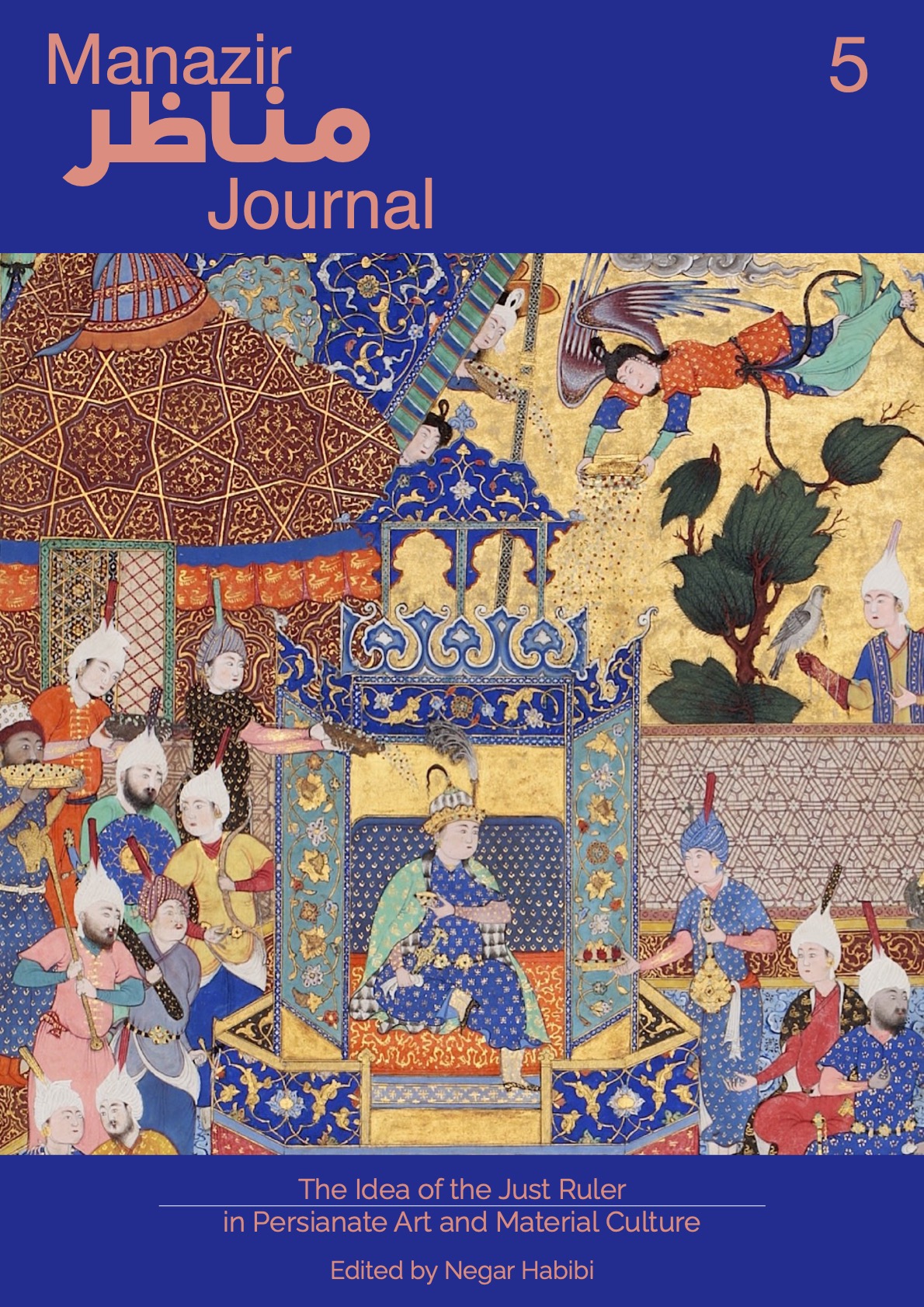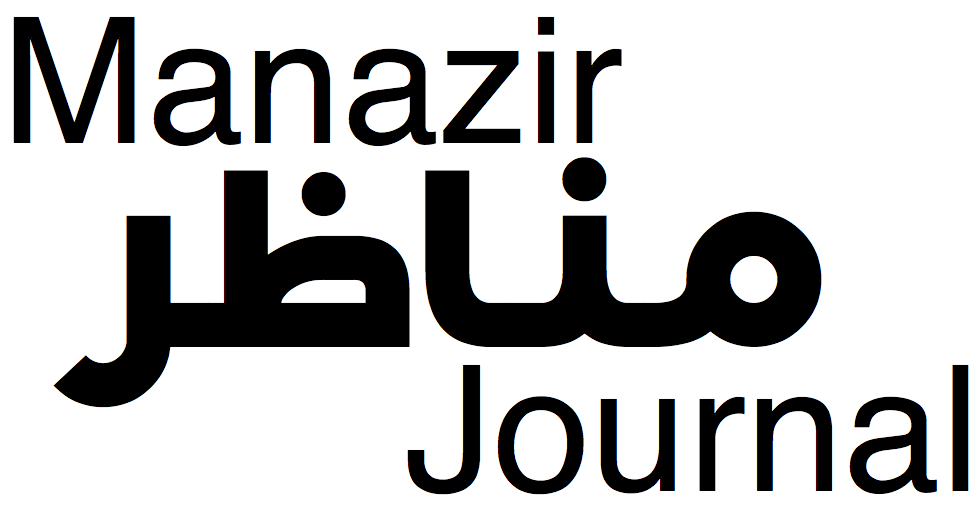The Reinvention of Padishah-i Islam in the Visual Representations of Ghazan Khan
(Persian Version)
DOI :
https://doi.org/10.36950/manazir.2023.5.2Mots-clés :
Ideal Ruler, Padishah-i Islam, Mahmud Ghazan, Farr-i Izadi, Diez AlbumsRésumé
This article discusses how the visualization of Mahmud Ghazan, the sixth Ilkhanid ruler, was employed to construct and propagate his image as the Padishah-i Islam (King of Islam), thus justifying him both as king of Iranshahr (land of Iran) and the legitimate successor of the Prophet Muhammad. In a quest for visual translations of the Ilkhanid concept of Padishah-i Islam—an inseparable combination of the Persian notion of ideal kingship and prophethood—several illustrations from the Diez albums representing Ghazan or events of his reign have been identified, two of which have become subject to detailed iconographic analyses.
Two approaches to the visualization of Ghazan as Padishah-i Islam can be considered here. The first is Ghazan’s birth scene where the visual narrative is covered in various formal and semantic layers; transformed into a symbolic narrative of a holy birth associated with those of the prophets. The second appears in the scene of Ghazan’s enthronement, probably once illustrated as an unknown manuscript’s frontispiece, the images’ composition and components appear as a visual panegyric poem which applies an elaborate visual language that elevates Ghazan to the level of a divine king.
Téléchargements

Téléchargements
Publié
Numéro
Rubrique
Licence
© Latifkar Azadeh 2023

Cette œuvre est sous licence Creative Commons Attribution - Pas de Modification 4.0 International.








